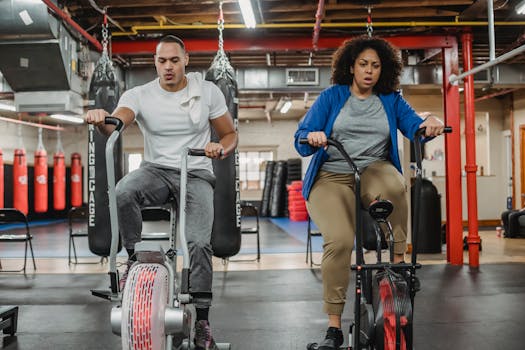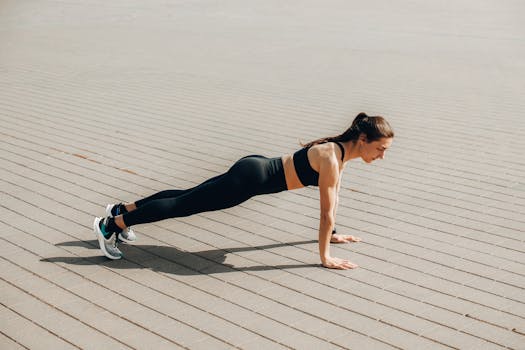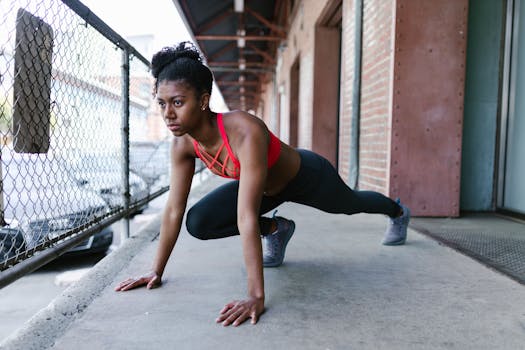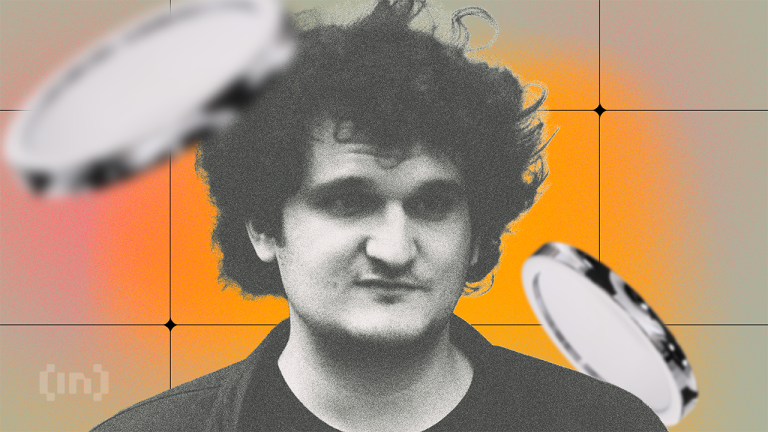
Bodyweight Cardio Circuit for Home Workouts
Introduction to Bodyweight Workouts

Bodyweight workouts are an excellent way to improve your overall fitness and cardiovascular health without the need for any equipment or gym membership. You can perform these exercises anywhere, at any time, making them perfect for busy individuals or those who prefer working out from the comfort of their own homes. In this article, we will focus on a bodyweight cardio circuit that you can easily incorporate into your home workout routine.
Benefits of Bodyweight Cardio Exercises

Bodyweight cardio exercises offer numerous benefits, including improved cardiovascular health, increased stamina, and weight loss. These exercises work multiple muscle groups simultaneously, making them an efficient way to burn calories and build endurance. Some of the most significant advantages of bodyweight cardio exercises include:
- Improved heart health: Regular cardio exercise can help lower blood pressure, increase blood flow, and reduce the risk of heart disease.
- Weight loss: Bodyweight cardio exercises can help you burn calories and shed excess weight, particularly when combined with a healthy diet.
- Increased stamina: By regularly performing cardio exercises, you can improve your endurance and reduce fatigue.
- Convenience: Bodyweight exercises can be done anywhere, at any time, making them an excellent option for those with busy schedules or limited access to gym equipment.
Bodyweight Cardio Circuit for Home Workouts

This bodyweight cardio circuit consists of 10 exercises that target different muscle groups and provide an intense cardiovascular workout. Each exercise should be performed for 30-60 seconds, followed by a 15-30 second rest period. Repeat the circuit 2-3 times, depending on your fitness level and goals.
- Burpees: Start in a standing position, then drop down into a squat position and place your hands on the ground. From there, kick your feet back into a plank position, then do a push-up. Quickly return your feet to the squat position, then stand up and jump up in the air.
- Mountain climbers: Start in a plank position and bring one knee up towards your chest, then quickly switch to the other knee, mimicking the motion of running.
- Jumping jacks: Stand with your feet shoulder-width apart and your hands by your sides. Jump your feet out to the sides while raising your arms above your head, then quickly return to the starting position.
- Squat jumps: Stand with your feet shoulder-width apart, then lower your body down into a squat position. From there, jump up into the air, landing softly on the balls of your feet.
- Plank jacks: Start in a plank position and jump your feet out to the sides, while keeping your upper body stable.
- Push-up variations: Perform different types of push-ups, such as diamond push-ups, decline push-ups, or clapping push-ups, to add variety to your workout.
- Lunges: Stand with your feet together and take a large step forward with one foot. Lower your body down into a lunge position, keeping your back knee almost touching the ground. Push back up to the starting position and repeat with the other leg.
- Wall sit: Stand with your back against a wall and your feet shoulder-width apart. Slowly slide your back down the wall, keeping your knees bent at a 90-degree angle. Hold this position for 30-60 seconds.
- Calf raises: Stand on the edge of a step or curb with your heels hanging off the edge. Raise up onto your tiptoes, then lower back down to the starting position.
- Russian twists: Sit on the floor with your knees bent and feet flat. Lean back slightly and lift your feet off the ground. Twist your torso from side to side, touching your hands to the ground each time.
Conclusion and Tips for a Successful Bodyweight Cardio Circuit

Incorporating a bodyweight cardio circuit into your home workout routine can be an excellent way to improve your cardiovascular health, increase stamina, and burn calories. Remember to start slowly and gradually increase the intensity and duration of your workouts as you become more comfortable with the exercises. It’s also essential to listen to your body and take regular breaks to avoid injury or burnout.






